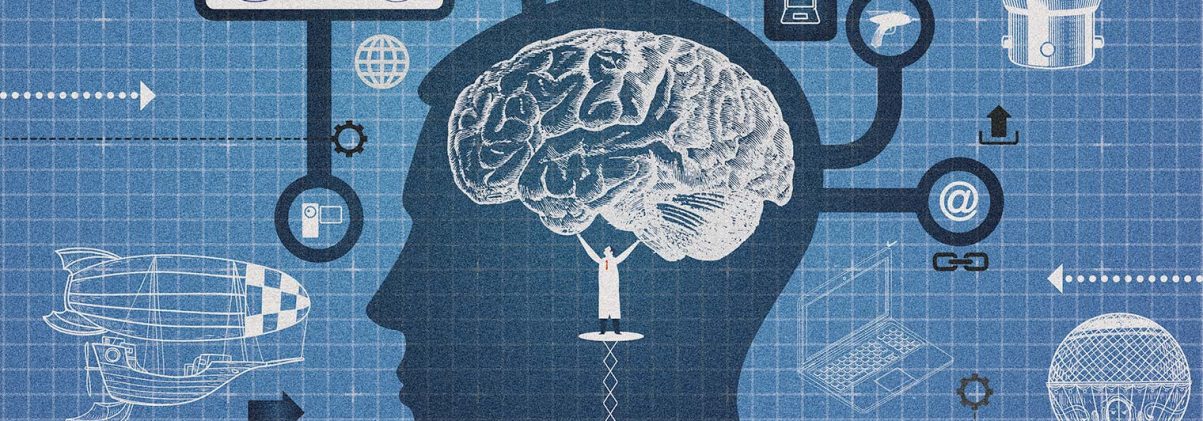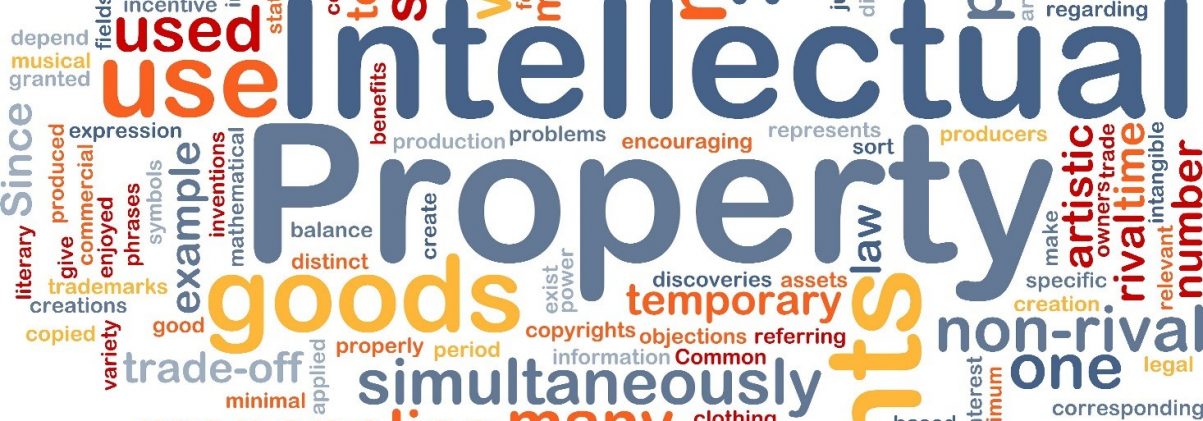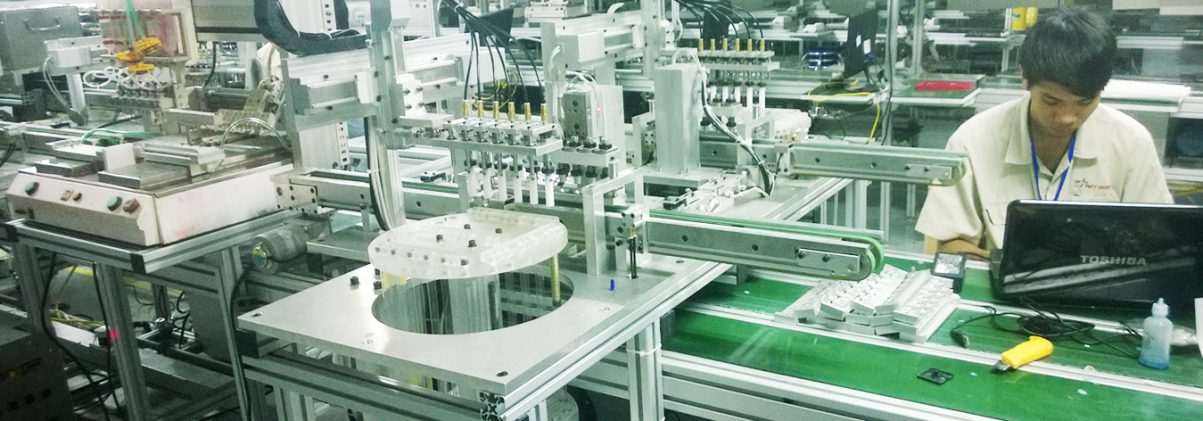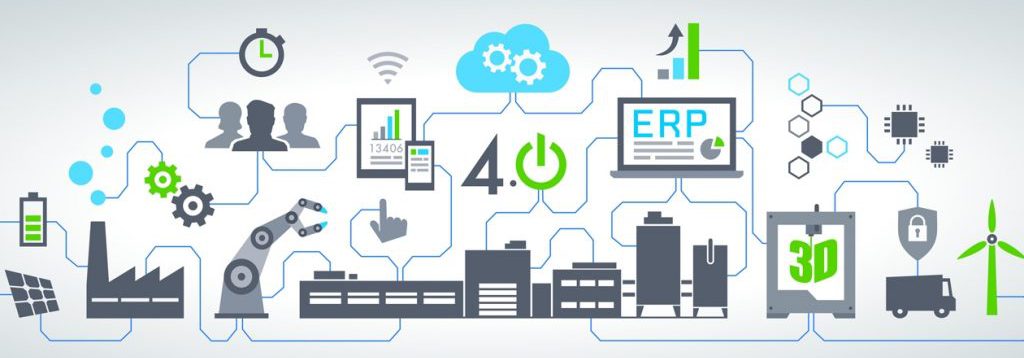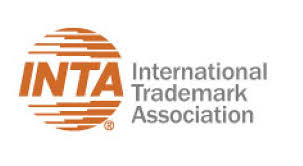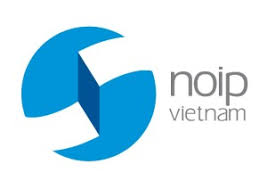Preparing for Industry 4.0

Vietnam needs to upgrade the way its government functions if it is to reap the benefits of Industry 4.0.
Technological convergence has changed the way we live, work, produce and consume. Sometimes this change is gradual, but it can also be disruptive. If we can truly predict one thing in this era of rapid and exponential technological change, it will be continued disruption across different dimensions.
In the labor market, the ILO forecasts that 56 per cent of all employment in Cambodia, Indonesia, the Philippines, Thailand and Vietnam is at high risk of being replaced with technology over the next decade or two.
In the past two decades, Vietnam has successfully inserted itself into select global value chains while achieving a remarkable reduction in poverty. In the years ahead, disruptive technologies will present both challenges and opportunities for remaining on this successful trajectory.
On July 5, at the National Conference on Sustainable Development 2018, Prime Minister Nguyen Xuan Phuc asked the audience whether Vietnam was ready for Industry 4.0. Let me quickly discuss how Vietnam fares based on international rankings.
In terms of digital adoption, Vietnam shows strengths and challenges. The World Bank’s Development Report 2016 on Digital Dividends ranks Vietnam’s Digital Adoption Index at 0.46 out of a 1-point scale. While higher than the average of global lower middle-income countries, it is lower than the regional average.
Internet penetration is 54 per cent, and 40 per cent of Vietnam’s population are social media users. Those numbers are impressive, but according to a recent survey by Alphabeta, Vietnam fares lowest in the region in other digital measurements.
To forge ahead, or even leapfrog, Vietnam must upgrade the way its government functions. Three types of government relationships are critical: government to government (G2G), government to business (G2B), and government to citizens (G2C). Technologies can help in many ways, if we can embrace them strategically to reverse potential disruptions to these relationships.
But technologies alone cannot solve the puzzle. Simply buying software or hardware won’t improve the way government functions. Government will not be a partner of Industry 4.0 if it is stuck in Bureaucracy 1.0.
The big question is HOW?
I believe a three-factor formula, or a tripod, is necessary for Industry 4.0 to really help Vietnam achieve its development aspirations: technologies, institutions, and people.
First, technologies. Vietnam needs to grasp integrated digital solutions. The government should adopt a holistic approach to how technology can support reforms for impact and transform its development outcomes.
Second, institutions. The government needs to put in place institutions and streamline its business processes to enable innovation.
And third, people. The country must invest now in skills and health for the workforce of the future.
Investing in research and development will be critical for Vietnam to join the frontiers of Industry 4.0. “Made in Vietnam” should be progressively shifted to “Researched and Developed in Vietnam”. This means Vietnam should not only produce from low-cost labor but also invest in the industries of the future. It is almost clear that the biggest wins from new technologies will go to societies and firms that don’t just double down on the past but that can adapt and direct their citizens towards industries that are growing, such as robotics for example.
For Industry 4.0 to serve Vietnam, the government must first ensure an enabling environment to accommodate innovation and improve productivity. This includes macro stability and resilience and the effective and efficient use of fundamental technologies since Industry 3.0.
Let me end this by giving readers a T.I.P for realizing this can-do future.
http://www.vneconomictimes.com/article/op-eds/preparing-for-industry-4-0


